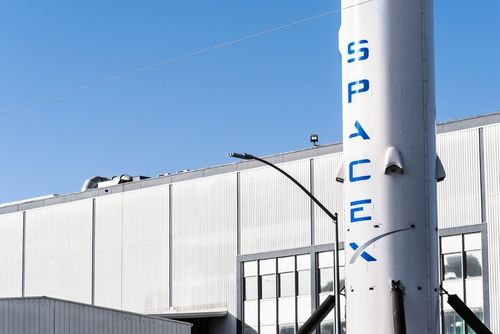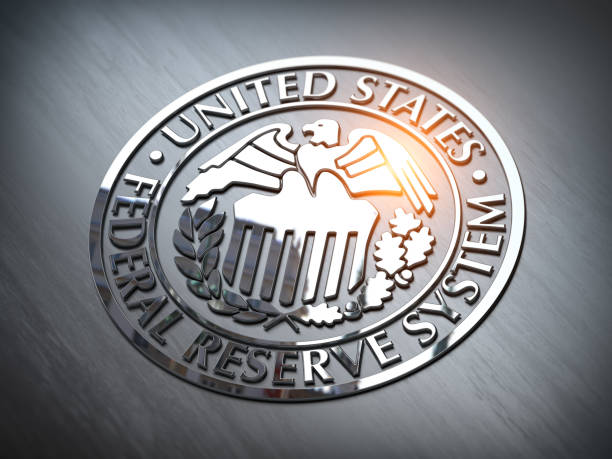US corporate profits rebound in second quarter; GDP growth revised higher

By Lucia Mutikani
WASHINGTON, Aug 28 (Reuters) - U.S. corporate profits rebounded in the second quarter, but tariffs on imports are raising costs for businesses, which could limit further gains and hamper economic growth.
Profits from current production with inventory valuation and capital consumption adjustments increased $65.5 billion last quarter, the Commerce Department's Bureau of Economic Analysis (BEA) said on Thursday. Profits decreased $90.6 billion in the January-March period.
President Donald Trump's protectionist trade policy has raised the nation's average import duty to its highest level in a century, inflicting pain on companies ranging from retailers to manufacturers. Caterpillar CAT.N this month warned tariffs could cost the economic bellwether up to $1.5 billion this year.
In July, General Motors' GM.N second-quarter earnings took a $1.1 billion hit from the duties and the automaker anticipated more pain in the third quarter. Clothing retailer Abercrombie & Fitch ANF.N on Wednesday warned that higher tariffs on countries such as Vietnam, Indonesia, Cambodia and India would increase costs by $90 million this year.
The manner in which the Trump administration has implemented the tariffs, including escalations and 90-day pauses, has muddied the waters, making it challenging for economists to parse economic data. A front-loading of imports as businesses rushed to beat the duties pulled down gross domestic product in the first quarter before snapping back as the flow of foreign merchandise ebbed.
GDP increased at a 3.3% annualized rate last quarter, the BEA said in its second estimate. The economy was initially reported to have grown at a 3.0% pace in the second quarter. It contracted at a 0.5% pace in the January-March quarter, which was the first GDP decline in three years.
Economists polled by Reuters had expected GDP growth would be raised to a 3.1% rate. The revision reflected upgrades to consumer spending, the economy's main engine, as well as business investment in equipment.
Both first- and second-quarter GDP readings are not a true reflection of the economy's health because of the wild swings in imports.
To get a better read of the economy, economists have recommended focusing on the final sales to private domestic purchasers measure, which excludes trade, inventories and government spending. This measure, also viewed by policymakers as a barometer of underlying economic growth, increased at an upwardly revised 1.9% pace last quarter.
Domestic demand was initially estimated to have grown at a 1.2% rate. It advanced at a 1.9% pace in the first quarter.
EASING LABOR MARKET
Federal Reserve Chair Jerome Powell last week signaled a possible interest rate cut at the U.S. central bank's September 16-17 policy meeting, in a nod to rising labor market risks, but also added that inflation remained a threat.
The Fed has kept its benchmark overnight interest rate in the 4.25%-4.50% range since December.
When measured from the income side, the economy grew at a 4.8% pace in the second quarter. Gross domestic income (GDI) increased at a 0.2% pace in the January-March period.
The average of GDP and GDI, also referred to as gross domestic output and considered a better measure of economic activity, rebounded at a 4.0% pace. Gross domestic output fell at a 0.1% rate in the first quarter.
Economists expect a lackluster second half, which would limit growth to about 1.5% for the full year because of tariffs. That reading would be down from 2.8% in 2024 and below the 1.8% rate Fed officials view as the non-inflationary growth pace.







